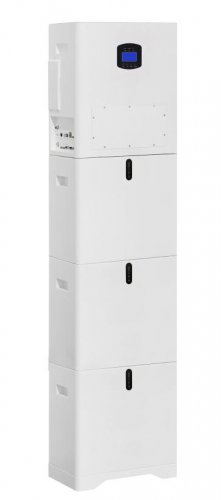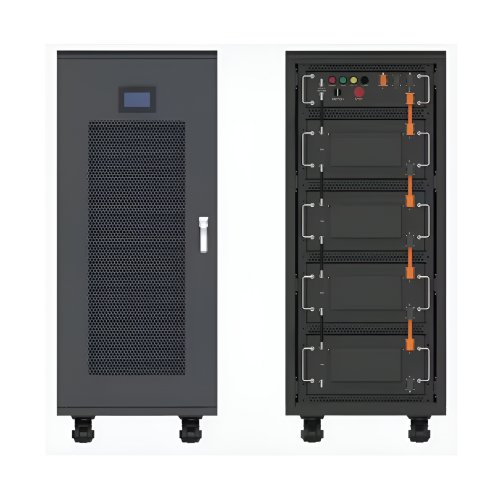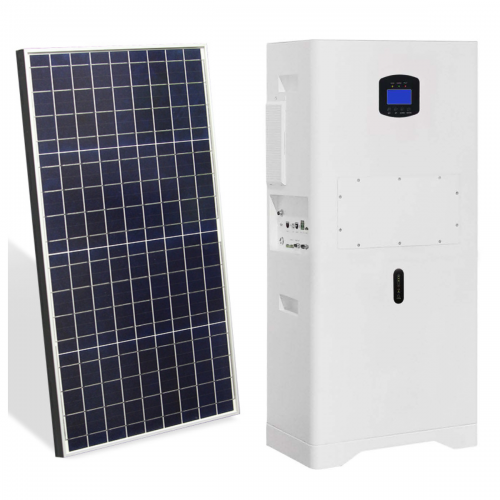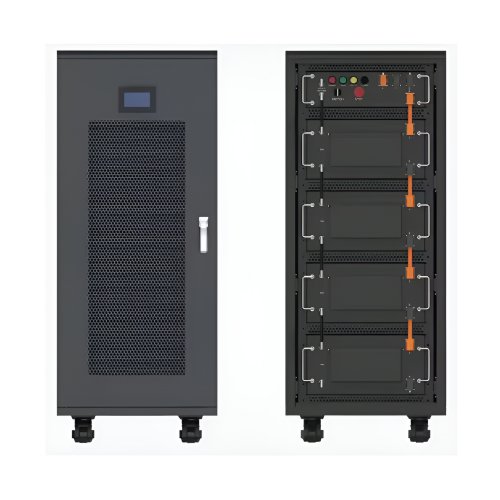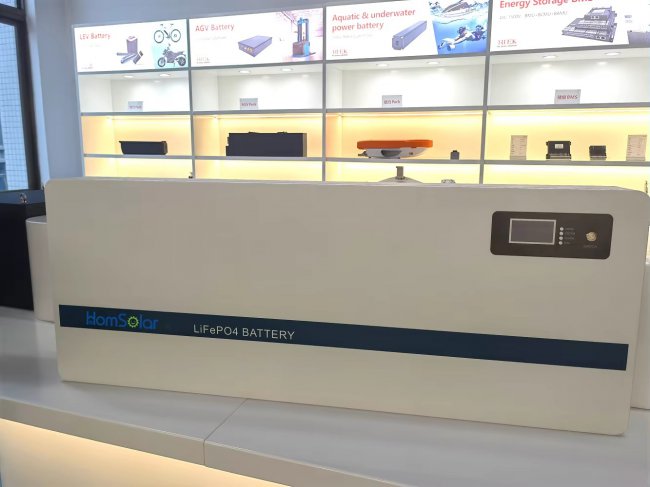Advances In Electrochemical Performance: Novel Materials, Interface Engineering, And Future Outlooks
The relentless pursuit of advanced energy storage and conversion technologies is inextricably linked to the enhancement of electrochemical performance. This multifaceted term encompasses critical metrics such as capacity, energy and power density, cycle life, Coulombic efficiency, and rate capability, which collectively define the viability of devices like batteries, supercapacitors, and fuel cells. Recent scientific breakthroughs, particularly in the realms of novel material design, sophisticated interface engineering, and advanced characterization techniques, have propelled the field into a new era of innovation and understanding.
A significant frontier of progress lies in the development of next-generation electrode materials. For lithium-ion batteries (LIBs), the state-of-the-art, research has moved beyond traditional lithium cobalt oxide (LCO) and graphite. Nickel-rich layered oxides (e.g., LiNi0.8Mn0.1Co0.1O2, NMC811) and lithium-rich manganese-based cathodes are being intensively investigated for their high specific capacities, potentially exceeding 250 mAh g⁻¹. However, their widespread adoption is hampered by structural instability and rapid voltage decay during cycling. Recent breakthroughs involve novel doping strategies and surface coatings to mitigate these issues. For instance, the incorporation of trace amounts of dopants like aluminum or zirconium stabilizes the crystal structure, while uniform coatings of Al2O3 or Li3PO4 via atomic layer deposition (ALD) effectively suppress parasitic side reactions with the electrolyte, significantly enhancing cycle life.
On the anode side, the quest for higher capacity has driven research into silicon (Si) and lithium metal. Silicon offers a theoretical capacity nearly ten times that of graphite but suffers from severe volume expansion (>300%) during lithiation. A landmark approach to overcoming this involves the design of sophisticated nanostructures, such as porous Si nanoparticles, yolk-shell architectures, and silicon-carbon composites. These structures ingeniously accommodate the volume change, preventing pulverization and maintaining electrical contact. A recent study demonstrated a Si-based anode with a stabilized capacity of over 2000 mAh g⁻¹ for more than 500 cycles by encapsulating Si nanoparticles in a conformal, mechanically resilient graphene cage . Concurrently, research on the lithium-metal anode (LMA) for solid-state and lithium-sulfur batteries focuses on constructing artificial solid-electrolyte interphases (SEI). Techniques like in-situ polymerization of protective layers or using 2D materials (e.g., MXenes) as interfacial modifiers have shown remarkable efficacy in suppressing dendrite growth and improving Coulombic efficiency, bringing LMAs closer to practical application.
Beyond LIBs, the electrochemical performance of alternative systems has seen remarkable improvements. For sodium-ion batteries (SIBs), the discovery of new cathode materials like O3-type layered oxides and Prussian blue analogues has provided respectable energy densities at a lower cost. In the realm of supercapacitors, the exploration of MXenes—a family of 2D transition metal carbides and nitrides—has been revolutionary. Their high electronic conductivity, tunable surface chemistry, and hydrophilic nature enable ultra-high rate performance and impressive volumetric capacitance. Recent work on designing vertically aligned MXene sheets or creating 3D porous architectures has further minimized ion transport limitations, pushing the boundaries of power density without sacrificing energy storage.
A critical, unifying theme across all these advancements is the paramount importance of the electrode-electrolyte interface. The stability and kinetics of this interface dictate the overall electrochemical performance. The emerging field of "interface engineering" is dedicated to its precise control. The development of highly concentrated "water-in-salt" electrolytes has dramatically expanded the electrochemical stability window of aqueous batteries, enabling higher voltage operations and improved safety. Similarly, for solid-state batteries, the synthesis of new classes of solid electrolytes, such as argyrodites (e.g., Li6PS5Cl) and NASICON-type structures (e.g., Li1.5Al0.5Ge1.5(PO4)3), with higher ionic conductivity (>10 mS cm⁻¹) has been a game-changer. Furthermore, engineering the interface between these solid electrolytes and electrodes through intermediate layers has drastically reduced interfacial resistance, a longstanding bottleneck.
The understanding of these complex interfaces and degradation mechanisms has been greatly accelerated by advanced in-situ and operando characterization techniques. Tools like in-situ transmission electron microscopy (TEM), X-ray photoelectron spectroscopy (XPS), and neutron depth profiling (NDP) allow scientists to observe structural and chemical evolution at the nanoscale in real-time under operating conditions. This provides invaluable, direct insights into phenomena such as SEI formation, dendrite propagation, and phase transitions, guiding the rational design of more robust materials and interfaces.
Looking toward the future, the trajectory of electrochemical performance enhancement will be shaped by several key trends. First, the integration of artificial intelligence and machine learning will accelerate the discovery and optimization of new materials and electrolytes, predicting properties and lifetimes from vast datasets. Second, the focus will intensify on sustainability, driving research into earth-abundant, cobalt-free cathodes, biodegradable electrolytes, and more efficient recycling processes. Finally, the concept of "multifunctional" electrochemical systems will gain traction, where devices not only store energy but also possess embedded sensing, self-healing, or structural properties.
In conclusion, the advances in electrochemical performance are a testament to interdisciplinary collaboration across chemistry, materials science, and engineering. Through the ingenious design of new materials, precise engineering of critical interfaces, and the application of powerful diagnostic tools, the performance ceilings of electrochemical devices are being continuously shattered. These strides are not merely incremental; they are foundational to powering a sustainable, electrified future.
References:
1. Niu, C., et al. (2019).High-energy lithium metal pouch cells with limited anode swelling and long stable cycles. Nature Energy, 4(7), 551-559. 2. Liu, Y., et al. (2022).Surface and Interface Engineering of Ni-Rich Layered Cathode Materials for Lithium-Ion Batteries. Advanced Energy Materials, 12(15), 2103085. 3. Gogotsi, Y., & Anasori, B. (2019).The Rise of MXenes. ACS Nano, 13(8), 8491-8494. 4. Wang, C., et al. (2021).Reviving the lithium metal anode for high-energy batteries. Nature Nanotechnology, 16(5), 549-554. 5. Janek, J., & Zeier, W. G. (2023).Challenges in speeding up solid-state battery development. Nature Energy, 8(3), 230-240.
Customized/OEM/ODM Service
HomSolar Supports Lifepo4 battery pack customization/OEM/ODM service, welcome to contact us and tell us your needs.


HomSolar: Your One-stop LiFePO4 Battery Pack & ESS Solution Manufacturer
Our line of LiFePO4 (LFP) batteries offer a solution to demanding applications that require a lighter weight, longer life, and higher capacity battery. Features include advanced battery management systems (BMS), Bluetooth® communication and active intelligent monitoring.

Customised Lithium Iron Phosphate Battery Casing
ABS plastic housing, aluminium housing, stainless steel housing and iron housing are available, and can also be designed and customised according to your needs.

HomSolar Smart BMS
Intelligent Battery Management System for HomSolar Energy Storage System. Bluetooth, temperature sensor, LCD display, CAN interface, UART interface also available.


Terminals & Plugs Can Be Customized
A wide range of terminals and plugs can be customised to suit the application needs of your battery products.

Well-designed Solutions for Energy Storage Systems
We will design the perfect energy storage system solution according to your needs, so that you can easily solve the specific industry applications of battery products.



About Our Battery Cells
Our energy storage system products use brand new grade A LiFePO4 cells with a battery lifespan of more than 4,000 charge/discharge cycles.



Applications in Different Industries
We supply customized & OEM battery pack, assemble cells with wiring, fuse and plastic cover, all the cell wires connected to PCB plug or built BMS.
Applications: E-bike, Electric Scooter, Golf Carts, RV, Electric Wheelchair, Electric Tools, Robot Cleaner, Robot Sweeper, Solar Energy Storage System, Emergency Light, Solar Power Light, Medical Equipment, UPS Backup Power Supply.
We can provide you with customized services. We have the ability to provide a vertical supply chain, from single cells to pack/module and to a complete power solution with BMS, etc.


HomSolar (Shenzhen) Technology Co., Ltd







